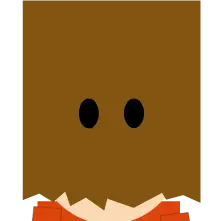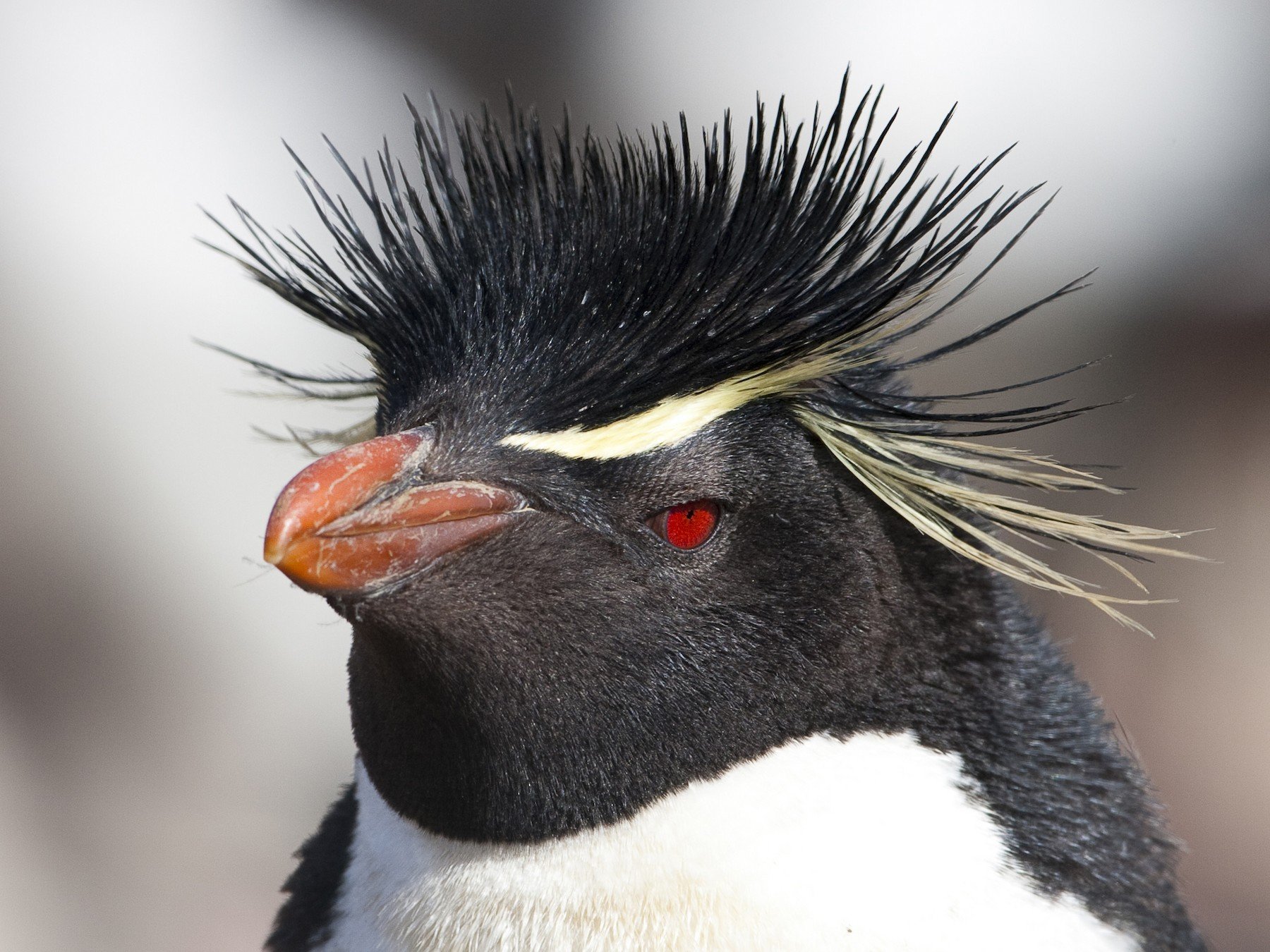I just did my very first TPU print after years of printing PLA and PETG, and I’ve gotta say: That stuff sticks like a mofo on the textured PEI plate…!!
The print turned out great and the default profile in BS needed very little tweaking.
I’m currently using Fiberology MattFlex 40D.
What do you guys use to ease the removal?
I’ve seen normal glue sticks, IPA and liquid glue made for 3D printing, but I figured it would be cool to ask the fine people here.
If you do use glue: Do you stick with a smooth PEI or maybe something else?
All feedback is appreciated!
Thanks in advance!
IPA is your best friend for TPU removal - just squirt a bit around the edges of your print and let it seep underneath for a minute or two before gently prying up a corner, works like majic every time.
Still haven’t been able to find any Magigoo, so I gave it a crack and it worked like a charm!
Thanks for the advice!
Smooth prusa powder coated works great.
Drying makes a gigantic difference. It only takes around an hour in the open before TPU changes significantly from any ambient moisture and become visible in the print.
If you can control the moisture to a minor degree, you can alter the mechanical properties significantly. Once you hear popping, you’ll likely start blowing holes in prints, but there is a stage before this where the bubbles of gases are present but are not coalescing into the larger audible voids of escaping steam. You will see this on long prints using dried TPU filament left out in the open. There will be a much tougher start to the print that gradually degrades into a slightly softer and more flexible texture. It will likely turn slightly foam-like spongy rubbery soft for a section and then it will start popping and dropping walls with holes in the structure.
If you write down the room temperature and humidity and note the time it takes to get to this moisture property, it becomes possible to alter the flexible properties or empirical hardness of a TPU to make it behave in off label ways. This is essentially creating your own rudimentary foaming or light weight filament. It works best for vase mode or other small single wall structures. I have used this based on intuition alone. I imagine with a bit of record keeping one could control the humidity of a box to do longer prints within this state of foaming softness. I don’t know of anyone using a humidifier like the ones for acoustic guitar cases or cigars in a filament box, but that would be an interesting thing to play with too.
Could be interesting to play with in the future, once my confidence level on the material rises a bit.
Thanks for the tip!
I just use my textured sheet and remove very carefully - but I tend to use harder TPUs which makes flexing the sheet more effective.
I have heard people say that TPU is the reason they still keep a glue stick handy and the Prusa material matrix says to use it on their smooth PEI sheet. And it suggests a polypropylene sheet is also applicable without glue stick.
This is the first time I’ve had this much issue removing a print.
I knew it would stick fairly well on the textured PEI, but this was a whole new level. A bit surprised I didn’t peel it, to be honest.I’m leaning the same direction as those people: Buying a stick and keeping it around for those few times I do use TPU. PETG and PLA is still 98% of what I print, and they both come off easily on textured and PLA easily on smooth.
The question I’m stuck with though: Textured with glue or smooth with glue for TPU?
I suspect that cleaning the glue off the textured sheets is a bigger pain in the butt than off the smooth. But I say that as someone who never tried to clean PVA off of PEI.
Cheers mate! Much appreciated
I’ve had success printing TPU onto the uncoated steel side of a print bed. Flip it over and clean it, gently sand it if it’s too smooth for the first layer to grip.
I’ll write this behind my ear for the next plate purchase! Thanks
I’ve got a textured PEI bed and when I’ve printed TPU, the adhesion has been perfect, i.e. good enough that the part wasn’t going to go anywhere unless I wanted it to, but still easy enough to remove when the print was done and the bed had cooled. I guess it could vary from filament brand to brand, so it’s possibly worth trying the same brand as I used, which was cheap Geeetech stuff. It’s £8 a roll, and I’ve used their cheap PLA for ages. I wouldn’t recommend their ABS+, though, as it seems to break down at the lowest temperature that gives reasonable layer adhesion.
Yeah you’re probably right. Different blends give different results.
Thanks for the filament advice. I try to purchase as locally as possible, but Geeetech is not etched into memory as a no-buy ABS!
In my experience, TPU benefits from a higher first layer - it prefers being just “deposited” by the nozzle instead of slightly squished like for PLA and PETG. You can try raising your Z adjustment by 0.02 - 0.05mm and see if that makes it easier to remove.
If you work with transparent TPU and don’t want it to turn white, print slow and cold.
Thanks for the advice! I might try a small Z-offset for first layer
I’ve read that PEI makes TPU much more difficult, and switched out my PEI plate to my plain glass plate because of the horror stories. I just rattled off some TPU last night using glass and a single pass of a PVA glue stick, and it was super easy to get on and off the plate. Like if PETG was a bit stickier.
I see many use glass still. Old school way of doing it, but if it works then I guess it’s good!
I’m mostly leaning towards smooth PEI with glue for my next print. Hopefully that will be better than textured with no release agent. Fingers crossed and thanks for the feedback!
Never tried it myself, but “functional print Friday” channel on YouTube uses IPA after printing with slow steady prying to remove stuck tpu. The IPA wicks under the print and releases it.
IPA is on the list of things to test. Cheers mate!
I’ve never had too much trouble removing TPU from a textured PEI plate. If the part doesn’t want to come off, lift up a corner of the part with a knife and put a drop of IPA under it.
I need to make a spray bottle and have it by the printer, as IPA comes up quite often, although with varying results.
Worth a shot!
Turn off the heat on the hotbed. TPU doesn’t need it, and it makes removal much easier if you don’t heat the hotbed.
Also reduces the amount the printer heats your room by 90% or so.
I was already running at 30°C, but appreciate the advice nonetheless!
I’ll try completely off next timeWhere I’m at, the bed is 30°C when the printer is off right now 🥲
You have my deepest condolances.
Come to the Nordics for a coolcation next year, but stay safe untill the heat wave passes my friend!
I made a trip all the way to Svalbard last summer and it was amazing. I seriously considered looking for a cabin somewhere in Norway countryside and moving there may-september every year.
Not sure if I’ve ever tried without it, but I cover the standard textured mat with blue painter tape for printing 95A TPU on an Ender 3 Pro. It sticks just fine for printing and haven’t had any issues removing the print after.
I’ve seen some people do this!
Any reason you opt for this over a stick? Seems like a lot more workWhen I first got the printer and was learning I used glue sticks to help with adhesion and just got sick of dealing with the residue and reapplying it - so now I intend on never using them at all if possible. I have 2 of the printers, one just for PLA and has a smooth PEI sheet, the other for PETG/TPU and just the regular textured mat that came with it. I usually don’t need to swap between filament types a bunch so when I’ve got some prints that need TPU it only takes a couple minutes to apply the tape and then I can just leave it on for as long as I want and not think about it. I also use the wide blue tape (can’t remember if it’s 2.5 or 3") so it’s only a couple rows to put on.
I used to throw the textured pei plate with the sticking print into the freezer for 15 min, made removal much easier. Now I just add baby powder onto my build plate, and remove the print at room temp. Much easier, a little messier
Wait what?
The freezer trick I’ve heard of, but baby powder?
Applied before printing then, I guess?My printer is enclosed and I’d wory about the aux fan blowing it everywhere.
Even with 0% fan for first layer, I’d never be able to perfectly distribute it under only the print…Apply baby powder on the build plate, shake of the excess. Seems to fill in the gaps. I can’t recall where i learnt about it, but it works really well. Stickiness on textured pei is comparable to pla or petg.
I use a bit of glue and try to remove it when it’s still warm but not hot. Zero issues so far.
Thanks for the advice!
I ran a cold bed this time, but I’ve seen some say warming it up for removal also works.So many things to test in the future!
I don’t print TPU on a textured bed. I use the flat side of my build plate, which I also have coated with a giant sheet of Kapton/polyamide tape. Peeling the completed parts off of the smooth surface has never been an issue.
A word to the wise: Always run with a sheet of polyamide tape if you have a flat build plate. This will go a long way towards protecting the finish and flatness of your plate, and I have definitely saved myself a couple of times when having a Z offset that was too low and thusly crashing the nozzle only into the tape and not the surface of the expensive plate itself. You can apply adhesive and clean the tape’s surface just the same as the PEI surface of your plate, but once it gets worn out or chewed up or otherwise no longer produces parts with a pretty underside, you can just peel it off and reapply. If you’ve already fucked up the surface on your plate you can also paper over this with a layer of tape which will smooth out small scratches, pock marks, and other imperfections.
And if you really need to employ the nuclear option to get a stuck part off of your bed (i.e. if you’ve printed something with a sticky filament such as TPU or PETG and happened to have your Z offset way too low) you can peel the tape off along with the part. The tape is unlikely to survive this process, but a pack of 12 sheets is only $20 or so.
Appreciate the insight mate! Much appreciated!
Tape seems to be a cheap way some of the “older” guys run with, so I have to test it at some point.
I have been printing a lot of tpu the past few weeks. I’ve been using magigoo glue stick. I have no idea if it’s the best because it was a random YouTuber recommendation. But it’s been working.
I’ve been using Anycubic TPU 95, Esun foaming TPU, and Variosure foaming TPU on textured pei plate.
I’ve been trying to get a hold of Magigoo for TPU, but it’s chronically sold out locally.
Have you tested it on smooth PEI, or just textured?
Appreciate the feedback!
Just textured. I don’t have a smooth plate.







